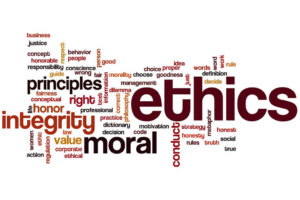
Can Ethical Corporate Culture and Compliance Co-Exist in Today’s Digital Workplace?
The coexistence of ethical corporate culture and corporate compliance is vital. However, maintaining them both can be a challenge

The coexistence of ethical corporate culture and corporate compliance is vital. However, maintaining them both can be a challenge

Trust is essential to business success — and it’s a two-way street. How can leaders create a trust-based culture? A young entrepreneur weighs in
“People don’t want to be managed. They do want to be led.” What distinguishes great leaders from wanna-bes? Character plays an integral role. That’s the premise of a book that inspired this week’s TalentCulture #TChat topic…